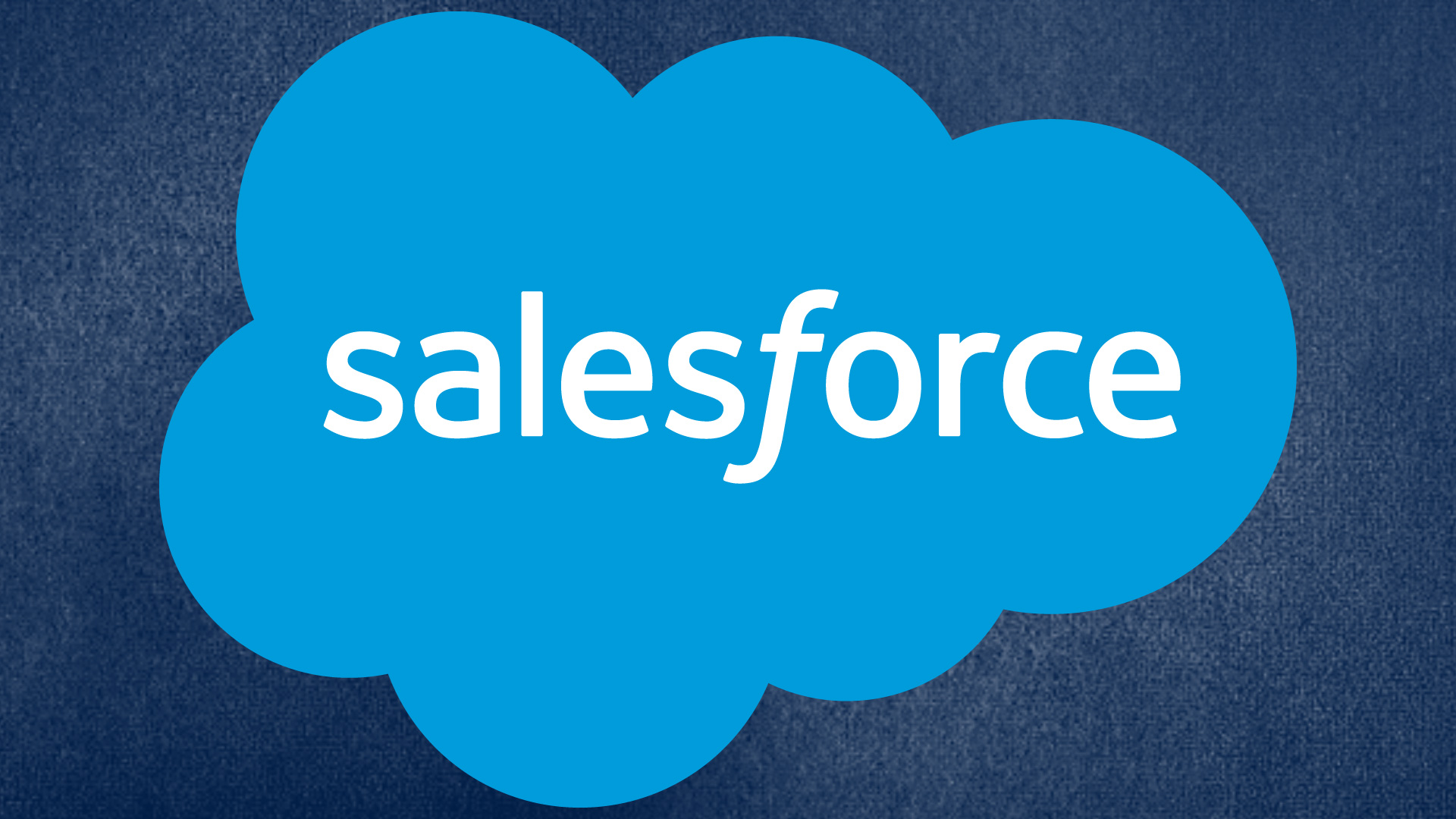Next stop in Salesforce’s evolution: Becoming the platform for customer experience
A Salesforce exec points out how the Demandware acquisition and all those clouds can fit together.
When it was founded in 1999, Salesforce was known largely as the company for customer relationship management. CRM has remained its center of gravity as it has added tools for marketing, sales and service.
But the recent acquisition of ecommerce platform Demandware seems to move that center away from helping marketers and salespeople generate demand and close sales. After all, tools to set up an online store from a company known for CRM, marketing and sales is like a food-and-drink magazine providing a service to set up your own restaurant. It’s related, but it’s not the same thing.
Since 2014, the company has billed its many clouds as the Customer Success Platform, but that also doesn’t completely fit its goal for differentiation in the emerging environment. No company, of course, is billing itself as the Customer Failure Platform.
So, what is the new orientation that Salesforce seems to be drawn toward?
I asked Meghann York, director of product marketing for the Salesforce Marketing Cloud.
“Customer experience,” she immediately answered.
“I don’t want to say Salesforce is not [doing] sales, service and marketing any more,” she qualified, but “it’s [all] about a connected experience, a seamless customer experience.”
“We’re moving toward customer experience across the brand,” York added, for which “digital commerce is an important part.” While there was previous support for retail marketing in the Marketing Cloud, she noted, the new Commerce Cloud is the first time Salesforce supports the setup of an online store.
Digital marketing for self-propelled customers
Which, of course, makes complete sense. In a time when you can quickly find competing products online — whether you’re at home or actually in a physical store — customer experience can become the key differentiator.
It’s why, for instance, I’ve shopped at Target but rarely at Walmart. Target is well-designed, and its staff are helpful and friendly. Walmart staff have not been helpful, in my previous experience, and the stores were unpleasant warehouses of hard-to-find stuff.
But now, Walmart is investing billions in trying to boost its in-store customer experience and service.
Customer experience has not only emerged as a differentiator among brands, but it is arguably the new face of digital marketing in the era of self-directed research, marketing and purchases.
When I shop for a new car, for instance, I research it online, decide on the model, call and web-surf around for deals, and then go to the dealership only for a final test drive and paper signing. Auto marketing for a customer like me is more a matter of making it easier and quicker for me to find my own answers.
That is, customer experience.
And the more personalized my experience, the more likely I am to continue and return.
York pointed out that customers have growing expectations about personalization, propelled by such archetypal experiences as Amazon and Netflix. She argued that Salesforce can achieve that level of personalization across the board because of its emphasis on tools that work with each other, with data and with machine learning that improves the personalization over time.
“Not Don Draper”
But the online-only experience can deliver only so much personalization. Over 90 percent of sales still take place in physical stores, which is a key reason why I won’t be surprised to find that Salesforce — and competitors like Adobe and Oracle — will plant bigger and bigger flags in the real world of physical stores.
While there are still many online skirmishes left, a major battlefront for marketers has moved to the welding of physical and online presences. That’s apparently Walmart’s intention, as suggested by its recent purchase of Jet.com.
Certainly, Walmart is already trying to turn its stores into grocery distribution centers for online front-ends, a melding of online-with-physical that has long been forecast but may finally be emerging. For this hates-food-shopping customer, buying online and then picking it up is the better customer experience.
The emphasis on customer experience from Salesforce and others reflects the fact that, for people looking to create and satisfy demand for products and services, making the shopping experience itself into a great product can be important — maybe even more important than the things bought.
“It’s not Don Draper and the Mad Men anymore,” York pointed out.
Contributing authors are invited to create content for MarTech and are chosen for their expertise and contribution to the search community. Our contributors work under the oversight of the editorial staff and contributions are checked for quality and relevance to our readers. MarTech is owned by Semrush. Contributor was not asked to make any direct or indirect mentions of Semrush. The opinions they express are their own.
Related stories
